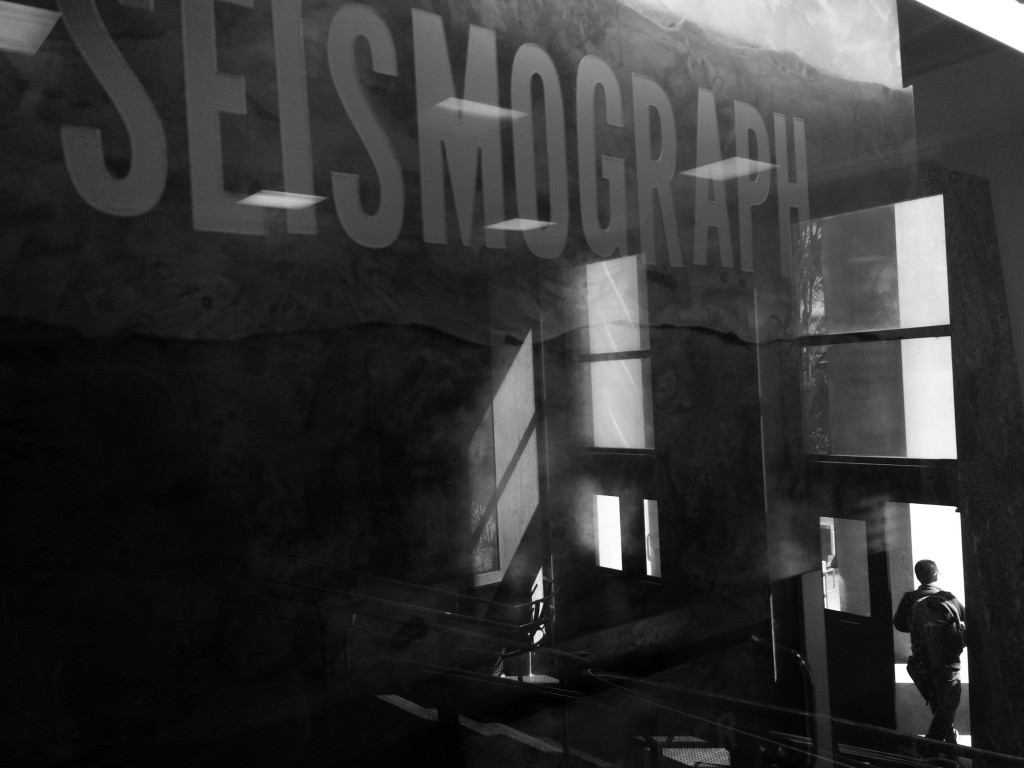College Prepared for Future Big Quakes

By Cassie Ordonio/Staff Writer
The recent swarm of earthquakes plaguing the East Bay are a reminder that seismologists are now predicting a 6.0 or stronger earthquake hitting the Bay Area within the next 30 years.
A City College engineering and grounds department official said some college buildings potentially could be compromised by a very strong earthquake because of the ground underlying the buildings.
Christopher Lewis, chair of earth sciences said older buildings may be affected more such as Science Hall built in 1935.
Ocean campus is the only campus that sits atop bedrock. The majority of other campuses are built on sand dunes. Lewis said the part of Science Hall that faces Conlan Hall may be built on “fill” material added when the hill was originally graded flat.
“The (fill) material can move more freely, and the earthquake waves are amplified over loose material,” Lewis said. “There’s two things that could happen: it may shake this part of building more and could cause the failure of columns. Another thing that could happen is that if the fill is actually loose out here, it may actually slide down the hill. Earthquakes can trigger landslides.”
Earthquake tremor causes soil to behave like a liquid, thus losing their ability to support structures, according to Department of the Interior and Geological Survey. Buildings most vulnerable to earthquake movement sit atop low-lying areas of loose, sandy soil or poorly compacted artificial fill.
City College is situated five miles from the San Andreas fault which triggered the 1989 Loma Prieta earthquake and 20 miles away from the Hayward fault.
Shaky History
On Oct. 17, 1989, when a 6.9 earthquake struck the Bay Area, City College was forced to close for a week, reopening Oct. 23, 1989. The college suffered no major damage, but a 1989 edition of The Guardsman pointed out a need for an earthquake emergency preparedness plan.
Since the 1989 Loma Prieta earthquake, City College has taken steps to ensure campus safety in the event of a big earthquake.
The latest college earthquake plan on record is a 2008 edition given to all departments as an emergency and evacuation procedure guide for general disasters. Further, each campus classroom has a brief emergency pamphlet and evacuation map.
“One of the challenges is get people to read the information before hand, and that’s what we encourage folks to do,” police chief Andre Barnes said. He pointed out that an evacuation drill is done each semester — the last of which happened several weeks ago.
In the Science Hall is a seismograph that records the earthquake magnitudes. The most recent quake recorded was a 3.2 at 12:43 a.m. in San Ramon with a depth of 8.6 kilometers, following an aftershock with a magnitude of 3.1 at 12:44 a.m.
“Reasonably, we’re prepared,” Lewis said. “We do offer classes here to encourage people to get ready for earthquakes, and I think the Bay Area as a whole is better prepared for earthquakes than we were 20-30 years ago.”
City College Fault
“The rocks in San Francisco were located when the entire west coast was a subduction zone, between 65 to 175 million years ago.” Lewis said. “While subduction continues north of Mendocino, it stopped here, and about 30 million years ago, became the transform plate boundary we call the San Andreas Fault Zone.”
In the 1950s, researchers discovered an inactive convergent plate boundary, known as a “melange,” beneath City College’s Ocean campus. They dubbed the melange “the City College Fault.” The last time it was active was only approximately 65 million years.
Contact a reporter
Send an email to: Cassie Ordonio

Comments are closed.